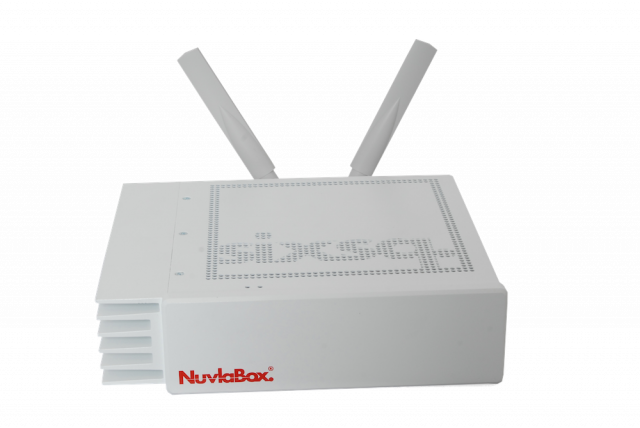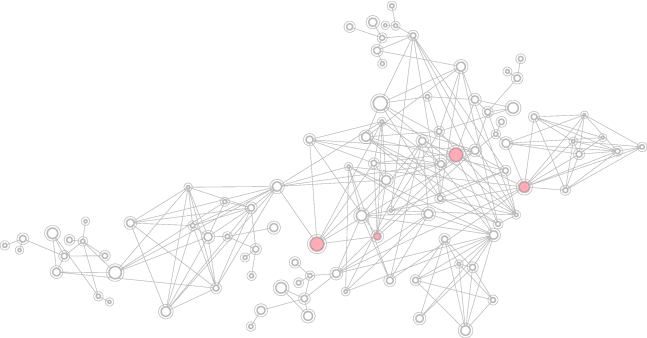Portable Cloud Appliance

- Final report, WP1 : Cost Optimisation Software
- Cost-Optimised Cloud Application Placement Tool portal
Non-IT SMEs often stay away from public clouds because they cannot quantify the financial gain of using these new technologies. The PAChA project has two goals: (i) to develop a new type of private cloud (portable, inexpensive, self-managing and secure appliance) and monitor the resources used by various applications running on it; and (ii) to develop tools to estimate the potential savings (based on a pricing model) when deploying applications on our private cloud, public or hybrid cloud.
The key strengths of this project are threefold. First, we diversify lsds-rg’s portfolio of applied research activities by exploring areas more directly connected to the Swiss economy. Second, we provide Swiss SMEs with an easy and inexpensive way of using cloud computing technologies, thereby addressing one of their main concerns in IT. Third, we strive to solve a real-life problem by cooperating with a local startup.
Cloud computing is gradually becoming the de facto standard for doing IT. Its key benefits are the reduction of IT infrastructure costs and improved agility. Many non-IT Small and Midsized Enterprises (SMEs), however, have been left out of this evolution, primarily due to cost and privacy concerns. The goal of the PAChA project is to address this technological gap, especially for Swiss non-IT SMEs.
From a business point of view, the key benefits of this project are twofold:
- Provide non-IT SMEs with an easy and inexpensive way of using a private cloud.
- Help them leverage the advantages of a hybrid cloud by assessing how much they would save by migrating some of their applications to a given public cloud (e.g., exoscale in Switzerland or Amazon Web Services in the U.S.).
From a scientific/technical point of view, the key innovation of this project is to design and develop a portable cloud appliance with the following characteristics:
- It is self-managing (autonomic system) and can therefore work in turn-key mode, without any system administrator.
- It is secure (embedded firewall).
- It monitors the activities of all the applications running on it.
- It assesses the cost of running each application on different public clouds.
- It provides customers with a dashboard showing which applications would cost less if they were migrated to a public cloud (based on a pricing model), and what financial gain could be expected by doing so.
We plan to demonstrate the usability of this appliance in a number of use cases, including:
- A secure wireless network for tradeshows, which can be quickly assembled and dismantled.
- A portable wireless network for on-site training.
- Sales cloud.




